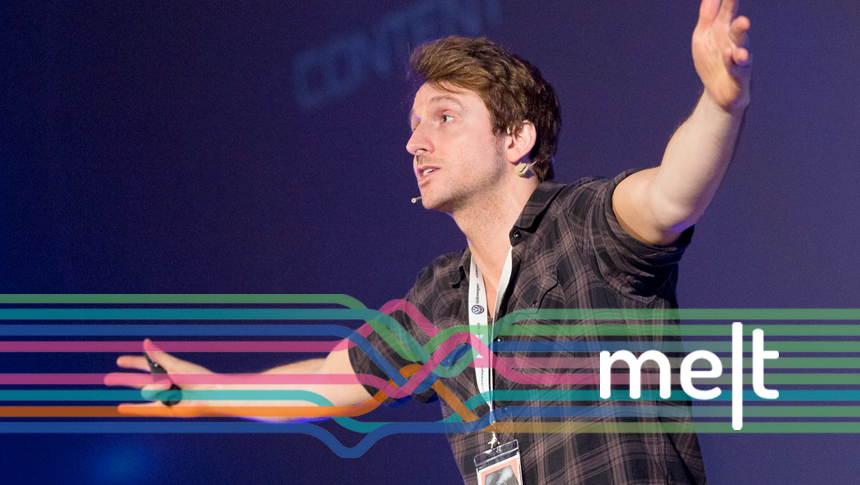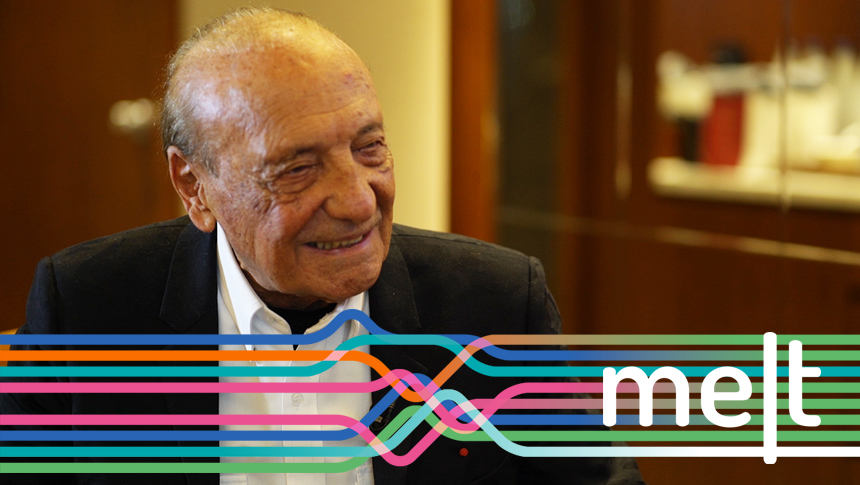If a tree falls in the forest and there’s nobody around to hear, does it make a sound? Paraphrase this to read “If a piece of news was published and nobody shared it, does it get noticed?” The answer is clear. In today’s hyper connected, social media dominated world — if it doesn’t get shares nobody cares. It’s simple click economics. Publishers need their content to be shared to enhance both reach and engagement which ultimately drive more clicks. As the power of online storytelling grows, what does this mean for the Public Relations and Communications industry?
1. Visual storytelling is the new normal
2. Telling your own story will grow in importance
3. Influencers will be the force that gives wings to your story
4. Having an ‘always on’ issues and crisis team will become imperative
5. Focus on being the ‘Author of Action or last mile communicator?’
For the PR profession, this means relearning and re-skilling. The press release now needs to be also presented through a short and snappy video and supported by an easy to consume infographic. So, in addition to strong writing, video shooting and editing, creative and design capabilities all need to be brought to the table.
Visual storytelling. Video consumption in India has seen explosive growth. The recent reduction in data prices as the telecom war hots up will give further impetus to this trend. I came across some interesting data points in an infographic I saw in an article on visual communication. Cisco has predicted that up to 82% of all consumer Internet traffic will be video by 2020. Facebook predicts that the News Feed will be mostly video by 2019, content with images sees up to a 94% increase in page views versus content without — all the available data points towards visuals being key. Add to this the *finding that humans process visuals 60,000 times faster than text and it’s evident I should have sent in an infographic or a video rather than this article!!
For the PR profession, this means relearning and re-skilling. The press release now needs to be also presented through a short and snappy video and supported by an easy to consume infographic. So, in addition to strong writing, video shooting and editing, creative and design capabilities all need to be brought to the table. This means that new skill sets and team structures will emerge. Corporate Communication teams will set up in-house ‘content factories’ and Public Relations Agencies will create new centers of expertise that can help clients tell their stories across multiple mediums.
Telling your own story: In search of eyeball and clicks, media will often distort and misrepresent the stories that brands and corporates are trying to tell. The solution that some companies are already embracing and others are likely to follow is simple, cut out the middleman. Tell your own story on your own platform. It could range from the C suite getting onto twitter and directly engaging with their audience, to publishing a blog where all company news is broken. Whatever the platform, there will be an increased effort to build your own audience and communicate directly with them. Media partnerships that publish native content fall in this category as it essentially is a controlled way of telling your story.
The search is now on for a subject matter expert who has a large online reach. Just being an expert is not enough. You need to be a popular expert, for your view to matter.
Giving wings to your story: Getting an expert to endorse or share your story is not a new phenomenon in PR. However, there is a new breed of experts that have become important. The search is now on for a subject matter expert who has a large online reach. Just being an expert is not enough. You need to be a popular expert, for your view to matter. Influencer marketing is a new area that is finding a lot of action. The future of this area will depend on how much of its credibility it can protect. If the hunger for monetization gets the better of these new age influencers, who increasingly are charging per post or tweet, their credibility will fall and with that so will their following.
An always on issue and crisis team. A storm in a twitter-cup can very soon snowball into a crisis for a brand that spreads across geographies. The days of issue and crisis teams being restricted to high-risk industries like Oil and Gas companies, Airlines or Big Pharma are gone. Everyone is at risk of being taken down by that errant tweet by the intern or a malicious open letter to the media by a disgruntled ex-employee. Having an always on, listening and response capability is critical. It’s no longer about just having a crisis manual. A crisis mindset is more important. The key stakeholders in the company, their communications team and agency partners need to regularly prepare for the unexpected. To do all of this requires new skill sets, new technologies, and new mindsets. So that when the time comes, they can respond (not react) with speed, which is the most critical aspect of managing an issue or crisis today.
Doing good and getting credit for it: In the end, analysis while much has changed, the goal of Public Relations remains the same. Help companies and brands Do Good and Get Credit for it. A lot of time and attention of public relations and communications teams seems to be focused on the second part of these equations — the getting credit for it bit. If I had one message for our community, it is to go back into the history books on the profession. Many of the great case studies are about the Doing Good aspect of the profession. If we can be the authors of change not just the agents of publicity, so much can be accomplished.
In the end, analysis while much has changed, the goal of Public Relations remains the same. Help companies and brands Do Good and Get Credit for it. A lot of time and attention of public relations and communications teams seems to be focused on the second part of these equations — the getting credit for it bit.
If our efforts were in equal measure about big bold ideas, that we can bring to life and then be the last mile communicators as well, we will walk into the next era of our profession with our head held high. If not we will be left chasing clicks and shares and missing out on making meaningful changes come alive, which in the end is what our stakeholders truly care about. When you focus on the real, sustained optics will follow — staying true and staying authentic is timeless.

